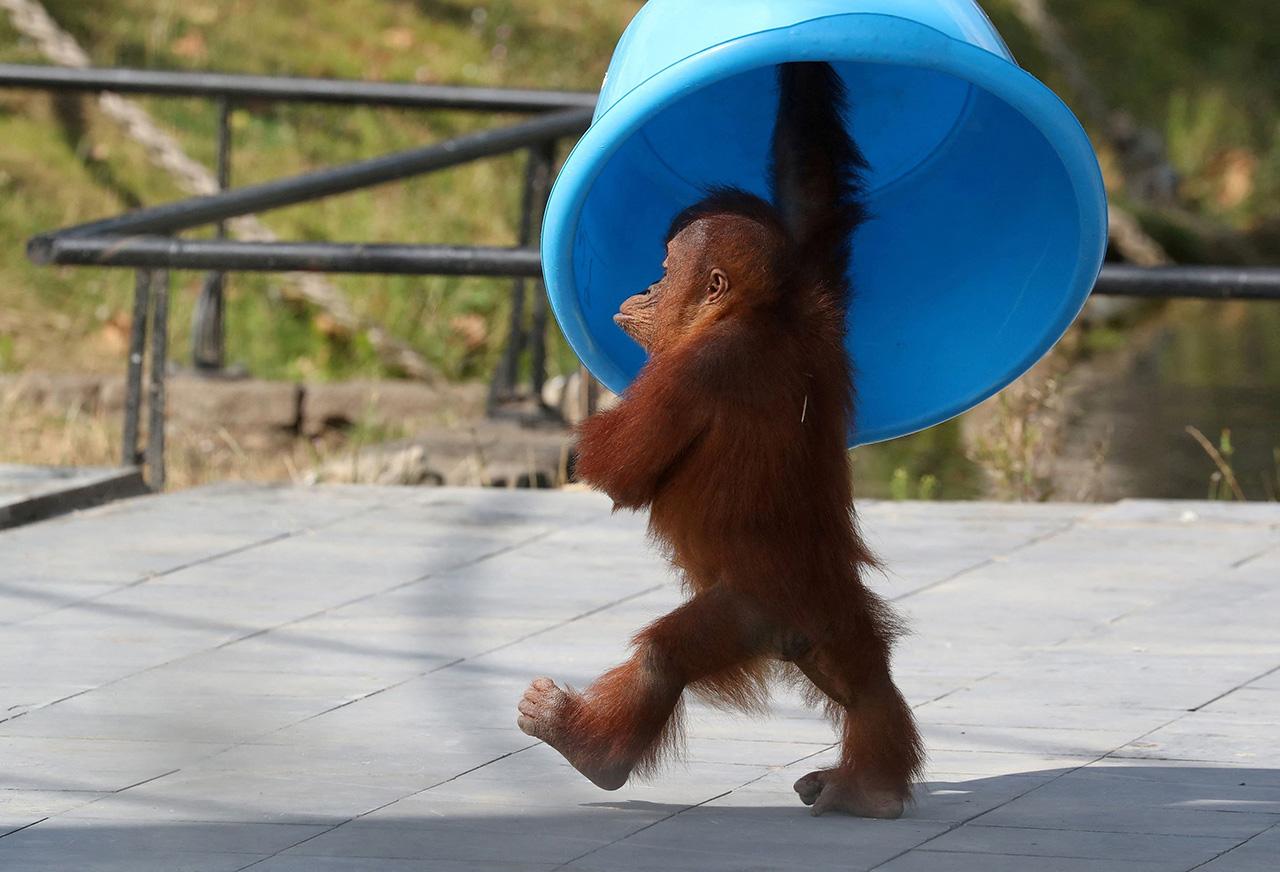For many years, scientists have pondered why the human species doesn't have ape-style tails. Even though they are in the group of mammals. In the order of primates (Primates), which includes both tailed and tailless monkeys. Recently, researchers believe that they may be able to unravel the genetic mechanism that causes taillessness in humans and in previous generations of monkeys.
The research team was led by genetics and systems biologists from Harvard University. and a geneticist and systems biologist at New York University. in the united states They compared the genetic material, or DNA, of two groups of primates: tailed apes and hominoids, which are tailless humans and apes. The team found mutations in a gene called TBXT in humans and apes. but not found in monkeys To test the effect of this mutation Therefore, laboratory mice were genetically modified to have this characteristic. It was found that the rats that were tested They have shortened tails, or none at all. Tails have been a feature of most vertebrates for more than 500 million years. Their disappearance may have provided an advantage when our ancestors changed habitats from land to land. tree to the terrestrial environment


The lack of a tail may allow the body to be better balanced for upright movement. They eventually became bipedal. Researchers say the mutation that led to the loss of the tail occurred about 25 million years ago, when the first apes evolved from their ancestors. As the modern human species, Homo sapiens, appeared about 300,000 years ago, this is the first time researchers have proposed a possible theory. that genetic mechanisms led to the loss of tails in human ancestors and replacement Major anatomical transformations can result from only minor genetic changes.



